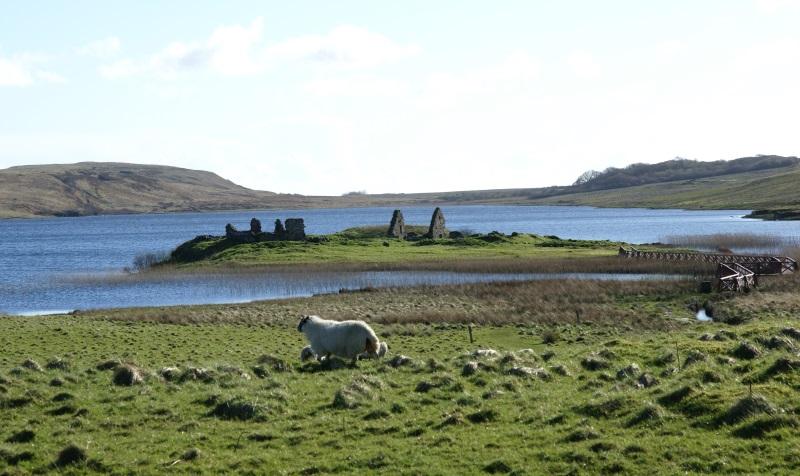Ancient powerbase of Lords of the Isles in Scotland was home to 'thriving community'
The ancient seat of the Lords of the Isles was home to a thriving agricultural community that virtually disappeared after the kingdom was signed over to Scotland, breakthrough research has found.
By Alison Campsie
Sunday, 23rd January 2022, 4:55 am
Analysis of sediments taken from Finlaggan Loch on Islay has revealed detailed information about human activity around the powerbase for the first time and illuminates life during the rule of Somerled, the Norse-Gaelic earl regarded as first Lord of the Isles and who controlled a large part of the islands, Argyll and the Isle of Man.
Sedimentary ancient DNA (sedaDNA) taken by Professor Tony Brown, a geoarchaeologist at the University of Southampton and the University of Tromsø in Norway, has revealed the plants and animals that populated the landscape from around 1,000 years ago.

Finlaggan on Islay, ancient seat of the Lords of the Isles, where testing of sediments taken from the loch bed have created a picture of everyday life at the powerbase. PIC: Otther/Creative Commons.
Prof Brown described Finlaggan like a “capital settlement” where a significant population farmed the land, with evidence of berries, crops, cows, goats and sheep found. He said: “The analysis tells us this was a significant centre of population and agricultural activity that might have been supporting the wider area of the island.
“The archaeology is OK for building history and you can match that to documentary records, such as who was the laird, or in this case who was the Lord of the Isles, but it doesn’t really tell you about what the site was used for and the human activity there.
More:
https://www.scotsman.com/heritage-and-retro/heritage/ancient-powerbase-of-lords-of-the-isles-in-scotland-was-home-to-thriving-community-3536805
